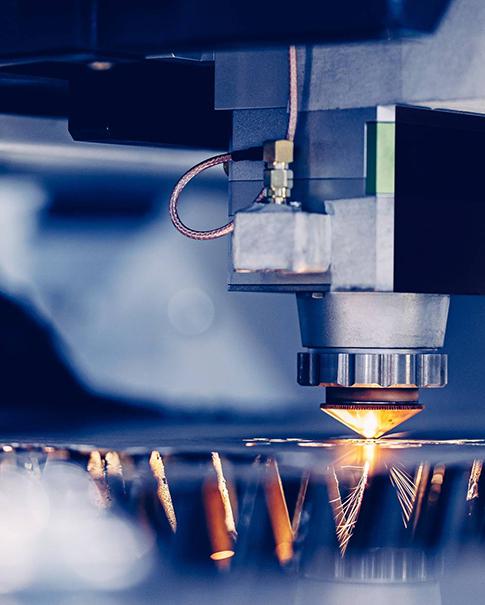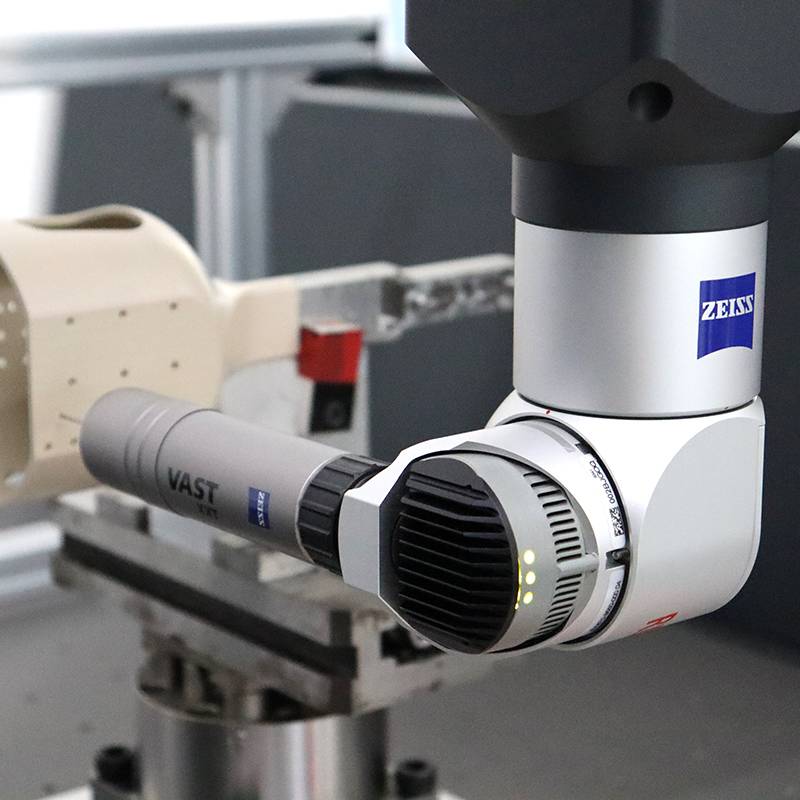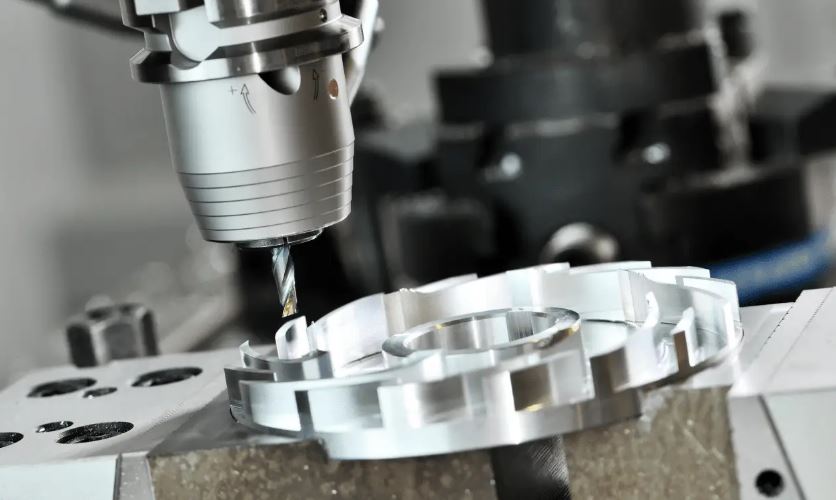프로토타입 제작에서 생산까지 - 3D 프린팅이 어떻게 진화하고 있는가? 대량 생산이 가능한 부품을 인쇄하는 것은 점점 더 실현 가능한 솔루션이 되어가고 있습니다.
Apr 08, 2025
사용 중 신속한 프로토타입 제작을 위한 3D 프린팅 80년대 후반부터 발전해 왔으며 현재 매우 보편화된 3D 프린팅 산업은 소량 생산, 대량 맞춤 제작, 연속 생산 등 생산 방식으로 꾸준히 전환해 왔습니다. Protolabs의 Robin Brockötter는 "대량 주문과 재주문이 점점 더 많아지고 있습니다."라고 말하며, "본격적인 생산으로의 추세가 분명히 나타나고 있습니다."라고 덧붙였습니다. 이는 전 세계적인 공급망 차질 속에서 더 많은 국내 생산을 선호하는 경향(설문 응답자의 9%가 공급망 문제에 대한 취약성이 다른 제조 방식보다 3D 프린팅을 선택한 주된 이유라고 답했습니다)과 지속가능성 문제 등 여러 요인의 영향을 받습니다.
2023년에는 설문 응답자의 21%가 최종 사용 부품에 3D 프린팅을 사용했으며(2022년 20%), 4%는 미적 부품에 3D 프린팅을 사용했습니다. 사출 성형 제조 3D 프린팅 공정에서 가장 중요한 것은 주문량입니다. 소량 생산의 경우 3D 프린팅이 비용 효율적인 솔루션인 반면, 대량 생산의 경우 사출 성형이 더 경제적입니다. 그러나 이러한 주문량이 발생하는 지점, 즉 최대 3D 프린팅 주문량의 '최적점'이 변화하고 있습니다. 브로쾨터는 "3D 프린팅은 이제 사출 성형이 더 저렴해지기 전에 더 많은 부품을 생산할 수 있습니다."라고 말합니다. 2024년 설문조사 결과도 이를 뒷받침합니다. 2023년 설문조사에서는 "생산량 및 규모" 측면에서 3D 프린팅을 선택하는 것에 대한 의구심으로 응답자의 47%가 다른 제조 기술을 선택했지만, 올해는 그 비율이 45%로 감소하여 3D 프린팅을 통한 규모 확장에 대한 확신이 높아졌음을 보여줍니다. 그리고 수년에 걸쳐 우리 설문 조사는 생산량이 꾸준히 증가했음을 보여줍니다. 10개 이상의 부품을 인쇄했다고 답한 응답자는 2020년 36%에서 2021년 49%, 2022년 76%로 증가했습니다. 이 수치는 2023년에도 동일하게 유지되어 안정화를 나타냈지만, 1000개 이상의 부품을 인쇄했다고 답한 응답자의 비율은 2022년 4.7%에서 2023년 6.2%로 증가했습니다.
실제 프린팅 공정 외에도 소프트웨어, 설계, 재료부터 세척, 2차 마감, 얼룩 제거, 응력 완화, 검사와 같은 후처리 및 마무리 작업에 이르기까지 3D 프린팅 기술을 생산에 활용하는 확장성에 영향을 미치는 여러 측면이 있습니다. 3D 프린팅 생태계가 지속적으로 발전함에 따라, 이러한 서비스를 제공하는 기업들로 구성된 지원 시스템이 3D 프린팅 기업을 중심으로 형성되어 생산 공정을 간소화하고 있습니다. 이는 결국 이러한 공정의 도입을 촉진할 것입니다. 또한, 적층 설계 공간인 DFAM에 대한 이해도가 높아짐에 따라 엔지니어와 설계자는 설계상의 제약과 기회를 탐색하고 새로운 재료를 활용하는 데 더욱 능숙해질 것입니다.
새로운 기술 개발과 기술 덕분에 많은 장애물이 점차 줄어들고 있습니다. 한 가지 예가 현재 병목 현상을 일으킬 수 있는 후처리입니다. 2024년 설문 조사 응답자의 27%는 3D 프린팅 대신 다른 제조 방식을 선택한 이유로 "후처리 및 마무리 요구 사항"을 꼽았고, 40%는 "최종 제품의 품질과 일관성"을 꼽았습니다. 그러나 업계 전반에 걸쳐 증기 평활화가 보편화되고 표면 마감이 획기적으로 개선됨에 따라, 후처리는 생산 수준의 3D 프린팅에서 점차 걸림돌이 되고 있습니다. Protolabs의 공급망 관리자인 Grant Fisher는 "증기 평활화 기계는 최근 몇 년 동안 큰 발전을 이루었습니다."라고 말하며, "특히 MJF 및 SLS 부품에 가장 많이 사용되는 나일론 12의 증기 평활화 분야에서"라고 덧붙였습니다. "MJF 및 SLS 부문에서 지속적인 성장세를 보이고 있으며, 증기 평활화는 미적 및 최종 사용 부품에 매우 적합한 옵션입니다."
또 다른 예는 제조 공정의 자동화입니다. 예를 들어, 완제품을 분류하는 데 도움이 되는 컴퓨터 비전 지원 시스템이 있습니다. 3D 프린팅 부품 상당한 노동력 절감과 비용 효율성을 나타낼 수 있으며, 이는 3D 프린팅에 유리한 수치를 더욱 높입니다.
표준화는 특히 항공우주, 자동차, 의료 산업과 같은 분야에서 여전히 중요한 문제 중 하나입니다. "우리는 항공우주, 특히 금속 인쇄"라고 Protolabs의 Eric Utley는 말합니다. "그리고 모두가 겪고 있는 가장 큰 난관은 표준화입니다. 저는 개인적으로 그 검증과 표준화를 구축하는 데 몇 년이 걸릴 것이라고 생각합니다." 하지만 의지는 있고, 톱니바퀴는 돌아가고 있습니다. Utley는 "이는 업계 전체에서 큰 화두입니다."라고 말합니다.
그만큼 의료 및 항공우주 분야 알렉스 허크스텝은 "이 산업들은 생산용 3D 프린팅이 앞으로도 가장 큰 역할을 할 분야입니다."라고 말합니다. "이 산업들은 고성능, 고품질의 복잡한 맞춤형 디자인과 부품에 많은 투자를 할 의향이 있습니다. 그리고 이러한 산업들은 생산에 3D 프린팅이 적합한 분야로 항상 여겨져 왔습니다. 하지만 실질적인 생산량 증가는 여전히 이 두 산업에서 비롯되고 있습니다. 현재 우리가 목격하고 있는 우주 개발 경쟁 붐은 3D 프린팅에 확실히 순풍을 불어넣고 있습니다."
생산 수준의 3D 프린팅을 논의할 때 종종 간과되는 또 다른 점이 있습니다. 때로는 그 놀라운 잠재력을 제대로 활용하지 못하는 경우도 있습니다. 바로 기존 기술을 대체하는 기술로 접근해서는 안 된다는 점입니다. DIVE의 Adam Hecht는 "많은 사람들이 3D 프린팅을 사출 성형의 경쟁자로 생각하는 것 같습니다. 네, 그렇지 않습니다."라고 말합니다. "완전히 새로운 제조 방식입니다. 경쟁하지 않을 뿐입니다. 물론 겹치는 부분도 있지만, 궁극적으로는 각자의 커리어가 다릅니다. 3D 프린팅은 완전히 새로운 도구입니다. 문제를 해결하고, 궁극적으로 이전에는 존재하지 않았던 제품을 만들 수 있게 해 줍니다. 소량 생산, 특수 용도 및 제품 생산을 위해서는 이전에는 "죄송하지만, 지금은 만들 수 있습니다"라고 말해야 했지만, 이제는 완전히 다릅니다."
그리고 이를 가능하게 하고 가속화할 요소 중 하나는 3D 프린팅 시장에 점점 더 많이 등장하고 있는 특수 소재입니다.



